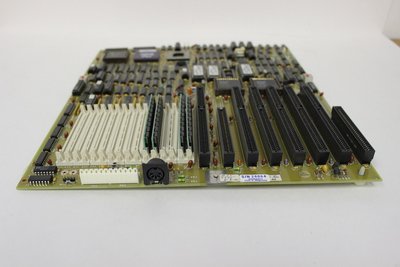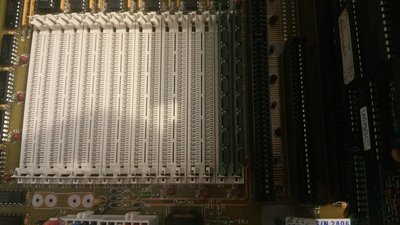First post, by kennyog
I recently picked up a 386 motherboard to rebuild a machine like my first computer.
I plug in the Tseng Labs ET4000AX video card i bought off ebay and no video. 🙁
I go to plug in a PC speaker for POST codes, but the jumpers on the board are not listed!
Hopefully finding out the maker tells me where I can plug things in.
I believe the video card may be DOA, as I saw the keyboard lights flash on start, and case fans start, but with no second video card to swap out, I'm trying to figure out what steps I can take to diagnose.
Maybe I need to add a CMOS battery pack or something as I dont see a battery on this board?
Also it's been a long time since looking at an AT motherboard, as far as I recall, I just need to plug in black-to-black, and keyboard/video and I should be able to POST. If I'm missing anything dumb, please feel free to share as I'm all ears at this point!
Thanks!


